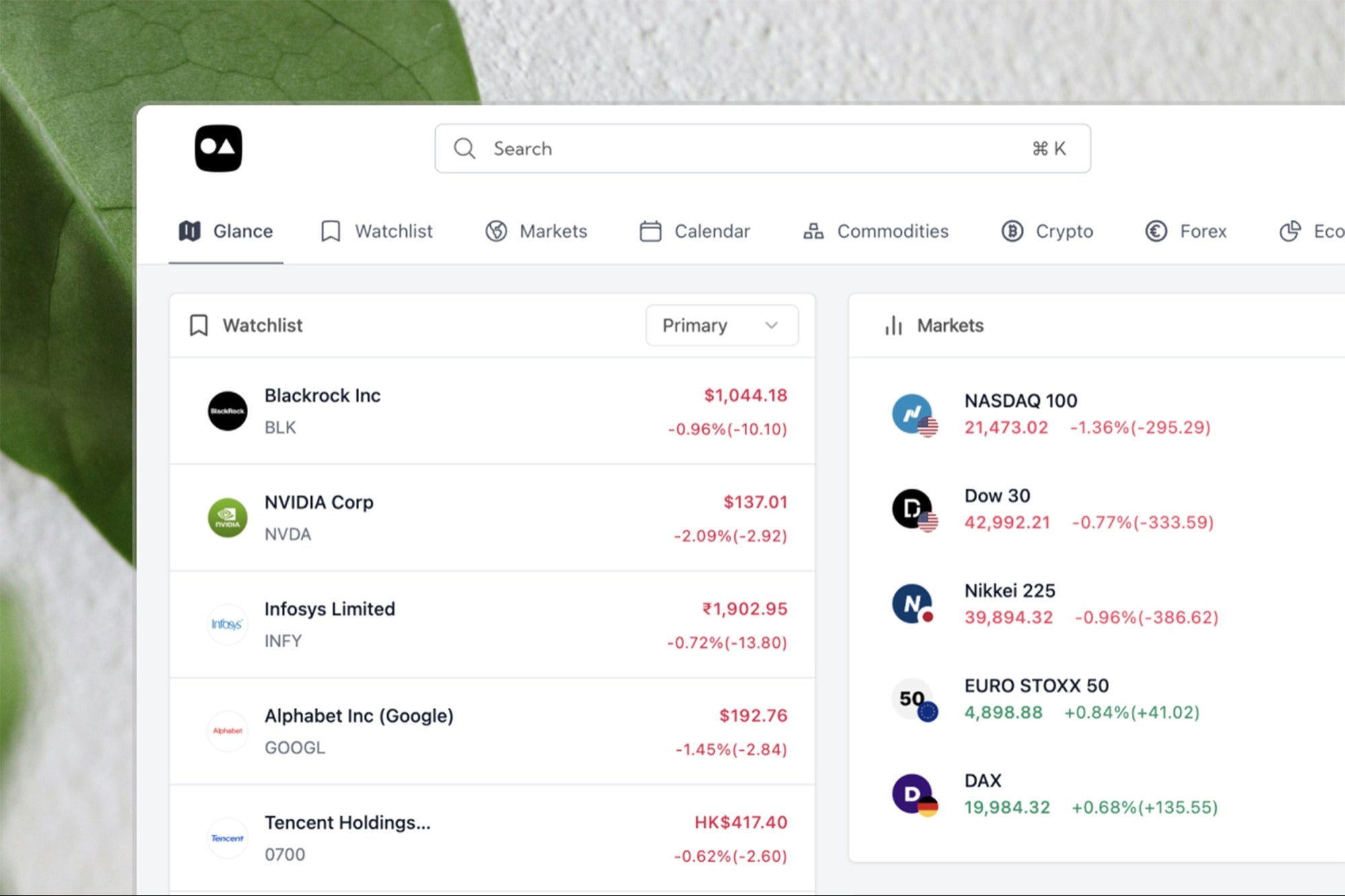Why Everyday People Are Becoming the Most Powerful Influencers for Your Brand There is power in community, and brands are learning how to harness it through their audiences' voices.
By Solomon Thimothy Edited by Maria Bailey
Key Takeaways
- Why "smaller" influencers are driving bigger engagement
Opinions expressed by BIZ Experiences contributors are their own.
Celebrity endorsements and influencer marketing have long been staples of brand strategy. But in today's digital landscape, authenticity and relatability are becoming far more valuable than fame. Consumers are tuning out polished ads and turning their attention to brands that reflect real stories — told by people who look and live like them.
That shift is changing how smart businesses build trust, market products and grow communities — and it's opening the door to a more cost-effective, scalable and human-centered approach to influence.
The rise of real people in brand storytelling
There are far more everyday people in the world than celebrities, and those everyday people are now driving the next evolution of marketing. As advertising saturation increases, audiences crave authenticity. In fact, 86% of Americans say transparency from businesses is more important than ever.
That's why more brands are moving away from curated influencer content and toward community-led marketing. They're spotlighting real customers, user-generated content (UGC) and grassroots brand advocates to tell stories that resonate more deeply than high-gloss ads ever could.
Related: How Brands Can Embrace Authenticity in a World Craving Transparency
Why "smaller" influencers are driving bigger engagement
Enter the nano-influencer: a social media user with fewer than 5,000 followers — but often with the highest engagement rates of any tier. At 2.53% engagement, nano-influencers outperform mega-influencers by nearly triple (0.92%).
Brands are taking note. They're shifting focus from high-budget campaigns to everyday content — reposts of customers' testimonials, product use cases and genuine moments. It's cheaper, more effective and fosters a more organic sense of trust.
Take Bumble, for example. Instead of flashy ads, the dating and networking app launched #FindThemOnBumble, a docuseries, outdoor, and experiential campaign that featured 112 New York City Bumblers and their real stories. The campaign achieved 15 million media impressions and reached 5.5 million people on Twitter alone. These relatable narratives showcase how the product fits into real lives, creating emotional buy-in without the hard sell.
Related: The Rise of Nano-Influencers: How the Smallest Voices are Making the Biggest Impact
How community is replacing the traditional "audience"
The old model of building a brand following — likes, comments, shares — is no longer enough. Today's most successful businesses are fostering communities, not just collecting followers.
This means investing in more personal, participatory spaces: private social groups, live-stream events and digital forums where customers can connect, contribute and co-create. These environments build loyalty, offer valuable feedback loops and make customers feel like part of the brand journey.
Consider Lululemon. The brand doesn't just sell apparel — it builds experiences. From local running clubs to wellness events, Lululemon creates space for its community to gather, then benefits from the authentic content they generate by simply showing up. The results speak for themselves, with a nearly 65% year-over-year growth rate of its Essential Membership program in North America, which is now home to 28 million members.
The marketing advantage you already have
You don't need a Kardashian-sized budget to create meaningful brand buzz. What you do need is a way to make your customers feel seen—and a strategy to invite them to share their experiences. Proactive ways to build a strong brand community include:
Understanding what brand community success looks like
Ask yourself: Is creating a thriving brand community about engagement rates? Member numbers? Or is it the amount of user-generated content your brand community produces? Setting specific goals for your brand community is a key first step to shaping how it looks in the future.
Knowing your brand community
Find out where customers who fit your brand persona spend their time and what they discuss in those spaces. This will help inform how you target your community members and convince them that your brand community is worth investing their time in.
Using the right platform
Where is your brand community most likely to hang out? Depending on your target market, choose a place to host your brand community, whether it's in an exclusive social media group, a brand app, or even a custom forum, where they can connect with like-minded people and access the benefits that come with being a part of the community.
Related: Tired of Trolls? Here's Why Creators and Businesses Are Doubling Down on Private Online Communities
Providing incentives
What do your customers want from you that they can't get elsewhere? A practical way to gain interest is to give people a reason to join your brand community by understanding their needs and providing them with benefits that meet them.
When real people tell real stories about how your business added value to their lives, the impact can be just as powerful as celebrity-backed ads — if not more so. It builds credibility, fosters emotional connection, and turns your customers into your most trusted marketers.
In a noisy digital world, the quiet power of authenticity stands out. Community-led marketing isn't just a trend — it's a long-term strategy. Businesses that center real people, encourage organic advocacy, and create space for honest stories will outlast those still chasing the influencer spotlight.












